Smart Control of Wetting
Inspiration from the natural world has allowed us to design surfaces that control water on them by either being superhydrophobic or highly water-shedding. However, we also have tools available to us that are not available to the natural world. For example, we can use a voltage to alter the shape of a droplet resting on a surface to create a variable focal-length liquid lens, and we can apply an electric field to alter how much a dielectric liquid wets a surface or to induce a film of the liquid.
Some of the research in these areas involving the groups at Nottingham Trent University and the University of Edinburgh is described below.
Superspreading without
surfactants
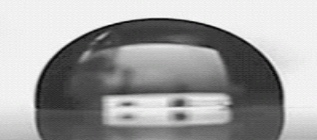
Droplets can be forced to spread further and faster than would normally occur by using a localised electric field at the solid-liquid interface.
Dewetting of a liquid film
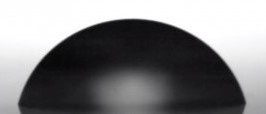
An electric field can be used to create a liquid film on a phobic surface. Switching off the electric field allows the recoil of the film (“dewetting”) into a droplet to be observed.
Voltage programmable optics

A static wrinkle can be programmed onto a liquid film using an electric field. This can be used to steer optical beams and separate the colours in white light.
Bubble control
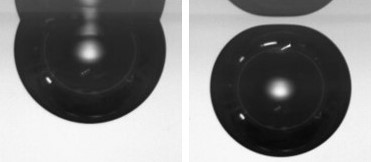
Using an electric field, a bubble of air can be detached from an inverted surface and its position below the surface controlled.
Shaping liquid films
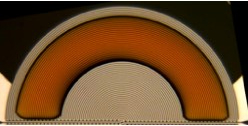
By designing electrode overlaps, the electric field can be shaped into geometric patterns. This allows circular, rectangular and other shapes of films to be created.
Controlling instabilities
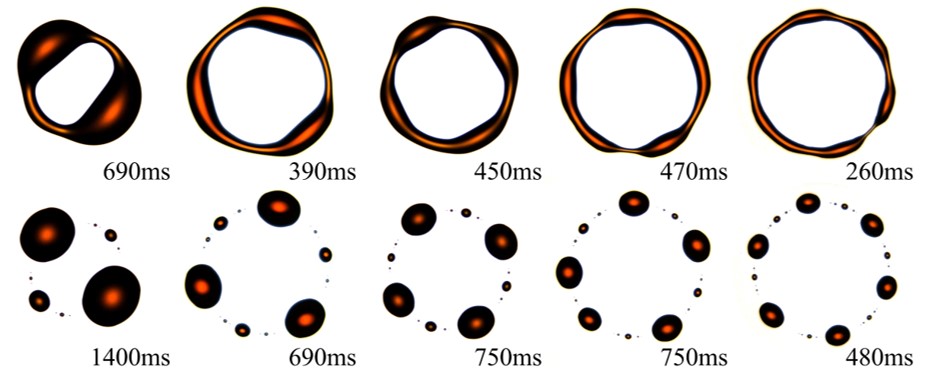
Thin liquid stripes on solid surfaces can naturally break up into patterns of droplets. The modes of break-up can be controlled using electric fields.
